Market Analysis
In-depth Analysis of 3D XPoint Technology Market Industry Landscape
The 3D XPoint technology market is impacted by a lot of things that change its growth, trends, and overall path. These things affect how the market works in this business. Fast and low-delay memory options are becoming more and more important. This is one of the most important changes that can be seen. 3D XPoint and other fast and efficient storage technologies are becoming more and more important as more people use programs that need a lot of data. For example, it's very clear in data centers, places with fast computers, and other places where getting information quickly is important.
The 3D XPoint technology market is being driven by new and better technologies in the area. Businesses always try to make technology cheaper, more useful, and able to be used by more people as it gets better. Not only does this keep making 3D XPoint better, it also brings in new users and makes it useful in more situations. Another important thing that affects the 3D XPoint market is how much competition there is. A lot of businesses are competing for the same market share. This makes them improve their goods, make them stand out, and use smart marketing strategies. People who want to buy something will have a lot of options that vary in price and how well they work. Being in a race brings about new ideas. Changing rules has an impact on the development and use of 3D XPoint technology, which in turn has an impact on the market. Rules and laws made by states and other governing bodies can change how things are made, how safe data is, and how well things work together. People who work in the market need to make sure they follow these rules if they want people to trust and buy their products. The market for 3D XPoint technology might not be safe or work well because of things happening around the world and changes in politics. War, trade restrictions, and broken supply lines are just a few of the things that can change production, delivery, and price. These changes in the outside world should be watched by companies in this market. If they need to, they should make changes to their plans to lower risks and exploit chances in different places. There is more activity in the market for 3D XPoint technology because more and more things are getting digital. More and more, businesses in many areas, such as banking, healthcare, AI, and others, use technologies that depend on quick and dependable access to data. A lot of these new technology needs will be met by 3D XPoint because of this trend. This makes high-performance memory choices even more important.
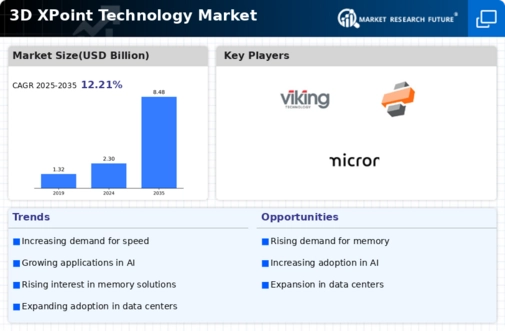
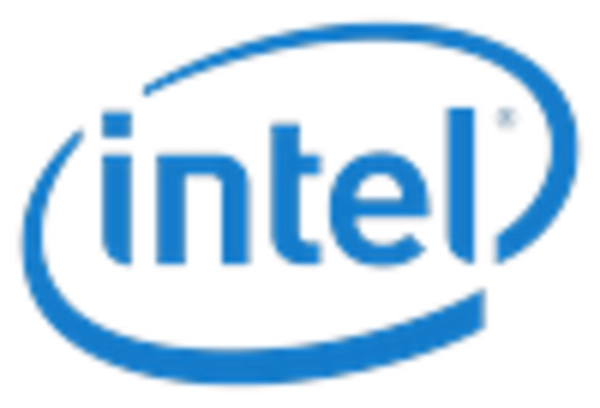

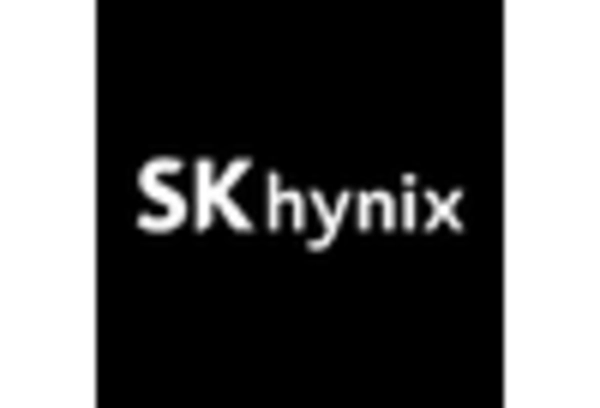
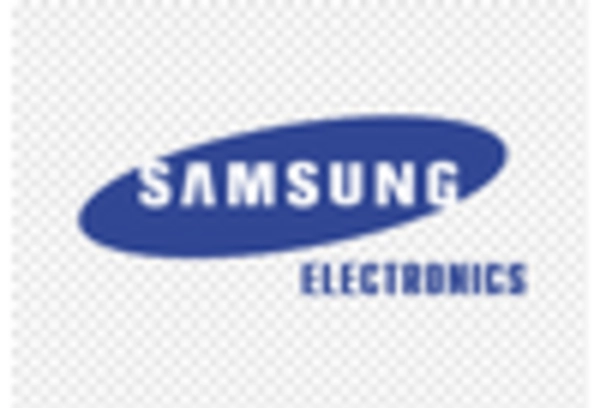
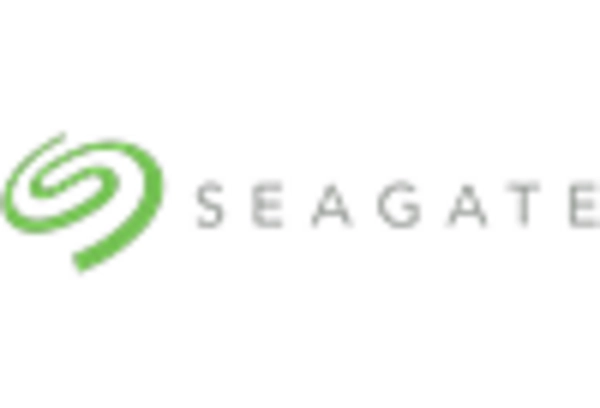










Leave a Comment